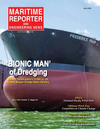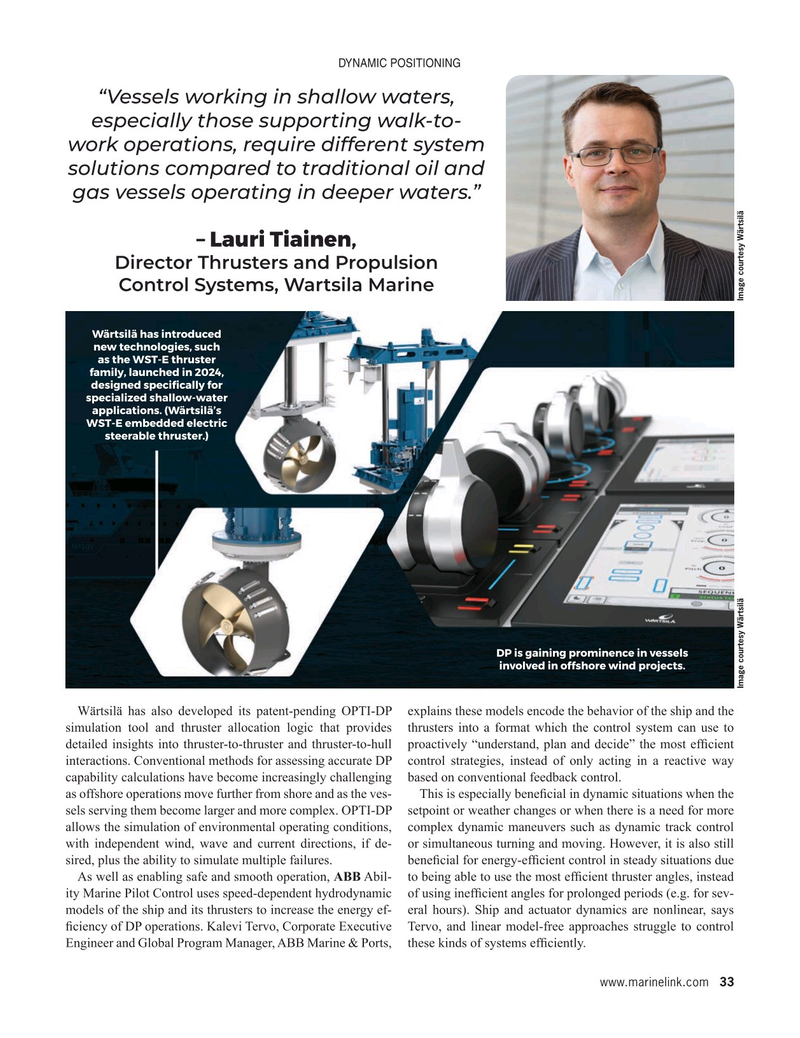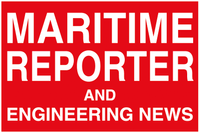
Page 33: of Maritime Reporter Magazine (April 2025)
Read this page in Pdf, Flash or Html5 edition of April 2025 Maritime Reporter Magazine
DYNAMIC POSITIONING “Vessels working in shallow waters, especially those supporting walk-to- work operations, require different system solutions compared to traditional oil and gas vessels operating in deeper waters.” – Lauri Tiainen,
Director Thrusters and Propulsion
Control Systems, Wartsila Marine
Wärtsilä has introduced new technologies, such as the WST-E thruster family, launched in 2024, designed speci? cally for specialized shallow-water applications. (Wärtsilä’s
WST-E embedded electric steerable thruster.)
DP is gaining prominence in vessels involved in offshore wind projects.
Image courtesy Wärtsilä Image courtesy Wärtsilä
Wärtsilä has also developed its patent-pending OPTI-DP explains these models encode the behavior of the ship and the simulation tool and thruster allocation logic that provides thrusters into a format which the control system can use to detailed insights into thruster-to-thruster and thruster-to-hull proactively “understand, plan and decide” the most ef? cient interactions. Conventional methods for assessing accurate DP control strategies, instead of only acting in a reactive way capability calculations have become increasingly challenging based on conventional feedback control.
as offshore operations move further from shore and as the ves- This is especially bene? cial in dynamic situations when the sels serving them become larger and more complex. OPTI-DP setpoint or weather changes or when there is a need for more allows the simulation of environmental operating conditions, complex dynamic maneuvers such as dynamic track control with independent wind, wave and current directions, if de- or simultaneous turning and moving. However, it is also still sired, plus the ability to simulate multiple failures. bene? cial for energy-ef? cient control in steady situations due
As well as enabling safe and smooth operation, ABB Abil- to being able to use the most ef? cient thruster angles, instead ity Marine Pilot Control uses speed-dependent hydrodynamic of using inef? cient angles for prolonged periods (e.g. for sev- models of the ship and its thrusters to increase the energy ef- eral hours). Ship and actuator dynamics are nonlinear, says ? ciency of DP operations. Kalevi Tervo, Corporate Executive Tervo, and linear model-free approaches struggle to control
Engineer and Global Program Manager, ABB Marine & Ports, these kinds of systems ef? ciently.
www.marinelink.com 33
MR #4 (18-33).indd 33 4/2/2025 9:08:30 AM

 32
32

 34
34
